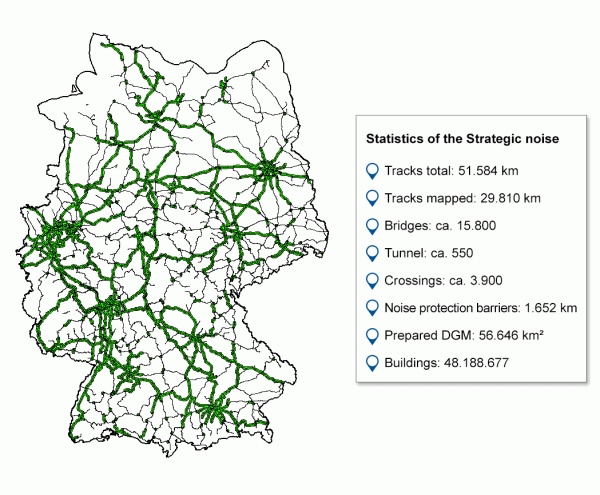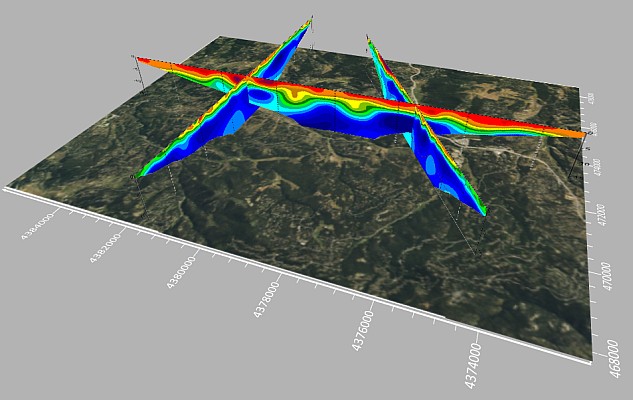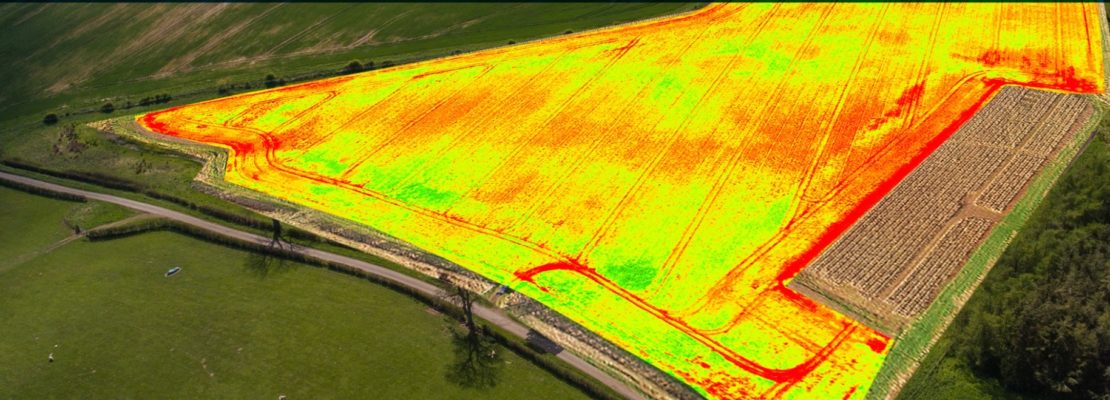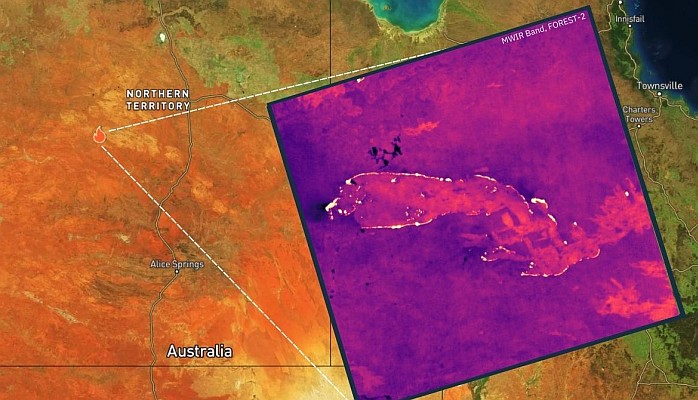EU noise mapping based on complex data management
Commissioned by the German Federal Railway Authority, and under the direction of Disy Informationssysteme GmbH, the consortium of firms Disy, Pöyry and SoundPLAN have completed the EU environmental noise mapping of the main German railway lines. In addition to the actual noise calculations, this large-scale project includes a very complex data management system to check, clean, and homogenize huge data sets as a basis for the noise propagation calculations. The results of this nationwide noise mapping are the basis for noise action planning and are available to the public as of now.
Economic growth and rising prosperity are closely linked with growing passenger and freight traffic, and hence, increasing noise pollution. The European Union therefore provides various instruments in the EU environmental noise regulations to reduce this. The Eisenbahn-Bundesamt (EBA) (German Federal Railway Authority) is thus required to prepare noise maps for German railway lines every 5 years. The EBA has now completed the third round of noise mapping for all urban areas with more than 100,000 residents and respectively for main lines with over 30,000 trains per year. The calculation incorporates some 16,500 kilometres of main railway lines and 70 urban areas. The current mapping thereby covers an area of over 50,000 square kilometres.
Heterogeneous input data requires complex data management
“The particular challenge with this noise calculation lay in the sheer unimaginable size and heterogeneity of the raw data set that had to be edited and prepared for the noise calculation”, says Disy project leader Markus Beck of the large-scale project that he has had responsibility for, on behalf of the EBA, since November 2015. “On the one hand there is data for the railway infrastructure such as railway lines, stations, noise protection walls and German rail timetables, on the other hand, there is also data on buildings, terrain and landscape models, area usage information and data on residents from the books of various authorities such as the Federal Agency for Cartography and Geodesy, the Federal Statistics Office, the Federal Office of Civil Protection and Disaster Assistance as well as the Federal States”. This data not only comes from different sources, it comes in different formats, levels of quality and spatial layouts. These must be reconciled and verified against one another so that in the end the noise map can be calculated. The complex task of geo-data preparation is not possible by hand and can only be performed with database-supported, highly-scalable and automated dataflow processes with integrated quality control and in combination with high-performance computers.
Noise mapping performed by a tried-and-tested consortium
Disy Informationssysteme GmbH has already shown in previous EBA projects that next to its technical expertise in solution concepts and data processing, it also possesses the necessary competence required to coordinate the realisation of strategic noise mapping as part of a tried-and-tested consortium with the three partners Disy, Pöyry and SoundPLAN.
The checking of input data was undertaken for the most part by the project partner Pöyry Deutschland GmbH, a consulting and engineering firm with considerable experience in the field of transport infrastructure planning that has played different roles at all levels of strategic noise mapping since 2007. Building on the evaluated timetable data and the consolidated main railway lines, Pöyry creates a 4D geometrical object that unifies all noise-relevant parameters. On the basis of this and other rail data, the digital ground model and the building and resident data, Pöyry performs the quality control for the sound propagation calculations.
In parallel to this, Disy conceives and develops the data processing, which transforms the diverse output data structures into a homogenous form that can be further processed for the strategic noise mapping. The result is the Sound technical Model (StM), which forms the basis for the sound propagation calculations. “There are also conceptual challenges in the creation of the StM” says Markus Beck. “The goal here, for example, is to turn all railway lines, that an observer would perceive as continuous, into a single track – using automated calculation processes. For this purpose, we have created, with Disy Spatial Workbench, a sustainable concept for database-supported geo-data processing, that is also transferable to other tasks”.
Processing the terrain model and the actual sound propagation calculations were the responsibility of the third project partner – the software and engineering firm SoundPLAN GmbH. From terrain elevation points on a 10x10m grid for the whole of Germany, a digital ground model was created through intelligent filtering, which exhibited the correct balance between accuracy and data volume. The subsequent automated track alignment, to ensure that rail emissions were not covered by the terrain, was a particular algorithmic challenge. The sound propagation calculations are carried out using the sound technical model as the starting point. Disy provides the StM database, on the basis of which SoundPLAN automatically generates projects that are distributed in batches across several computer clusters and calculated continually. Following quality control from Pöyry, SoundPLAN wrote the results back to the database, and automatically created isophones, along with required statistics, for each municipality.
Nationwide noise maps have been published
Following the completion of all the calculations, the results, in the form of nationwide grid noise maps, facade noise maps and various tables, were collated by the overall project management at Disy and prepared for the purposes of final publication and on-schedule delivery to the EBA. In registering these results with the Umweltbundesamt (Federal Environment Agency), and subsequently with the European Commission (as well as the general public in the form of a mapping service, http://laermkartierung1.eisenbahn-bundesamt.de/mb3/app.php/application/eba), the EBA complies with its legal obligations under EU environmental directives. At the same time, the results provide the EBA with a solid basis for ongoing noise action planning.
In the next noise mapping, which must be completed by 2022, the new calculation regulations CNOSSOS-EU will be employed. This is valid in Germany from 31.12.2018 and serves to unify the surveying and assessment of noise with pan-European harmonized noise calculation methods. Markus Beck gives his forecast on possible future challenges: “Although these regulations simplify the source model, the calculation of environmental noise will become more complicated due to additional parameters. With the collective experience and skills of noise experts, and leading Germany-wide expertise in database-supported geo-data preparation, the consortium is definitely well-placed to continue to provide support to the EBA”.
For more information: www.eba.bund.de/DE/Themen/Laerm_an_Schienenwegen/Laermkartierung/laermkartierung_node.html







